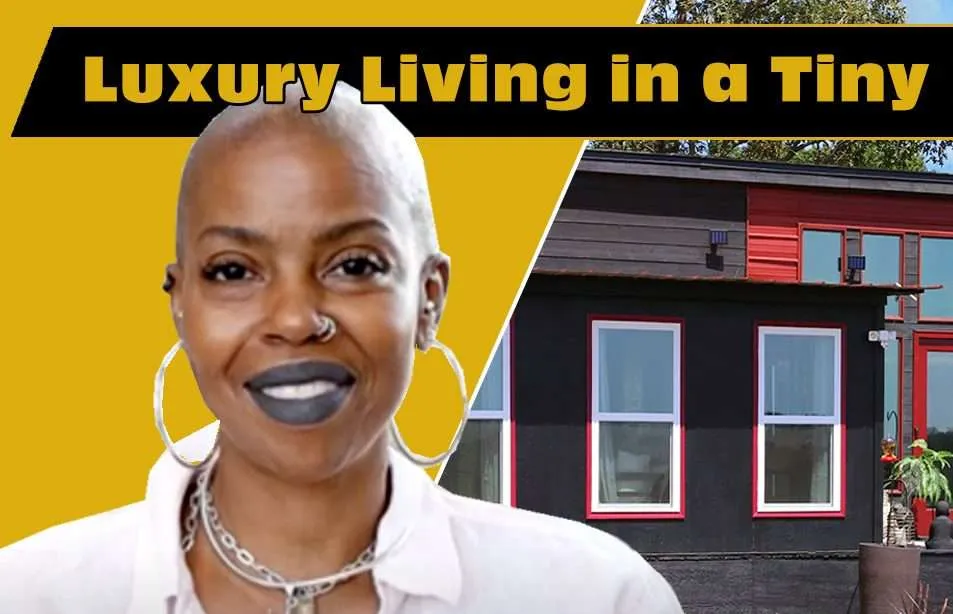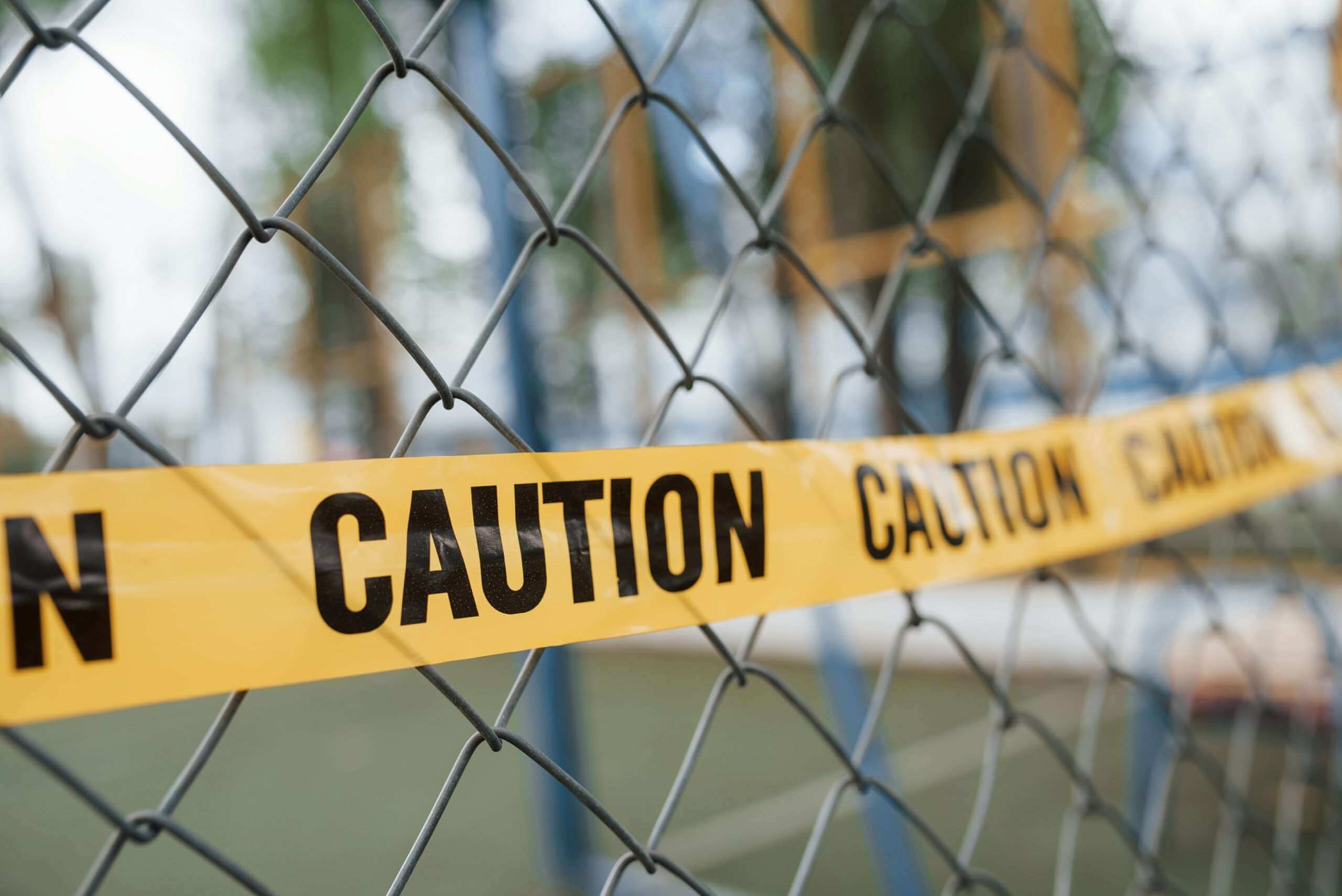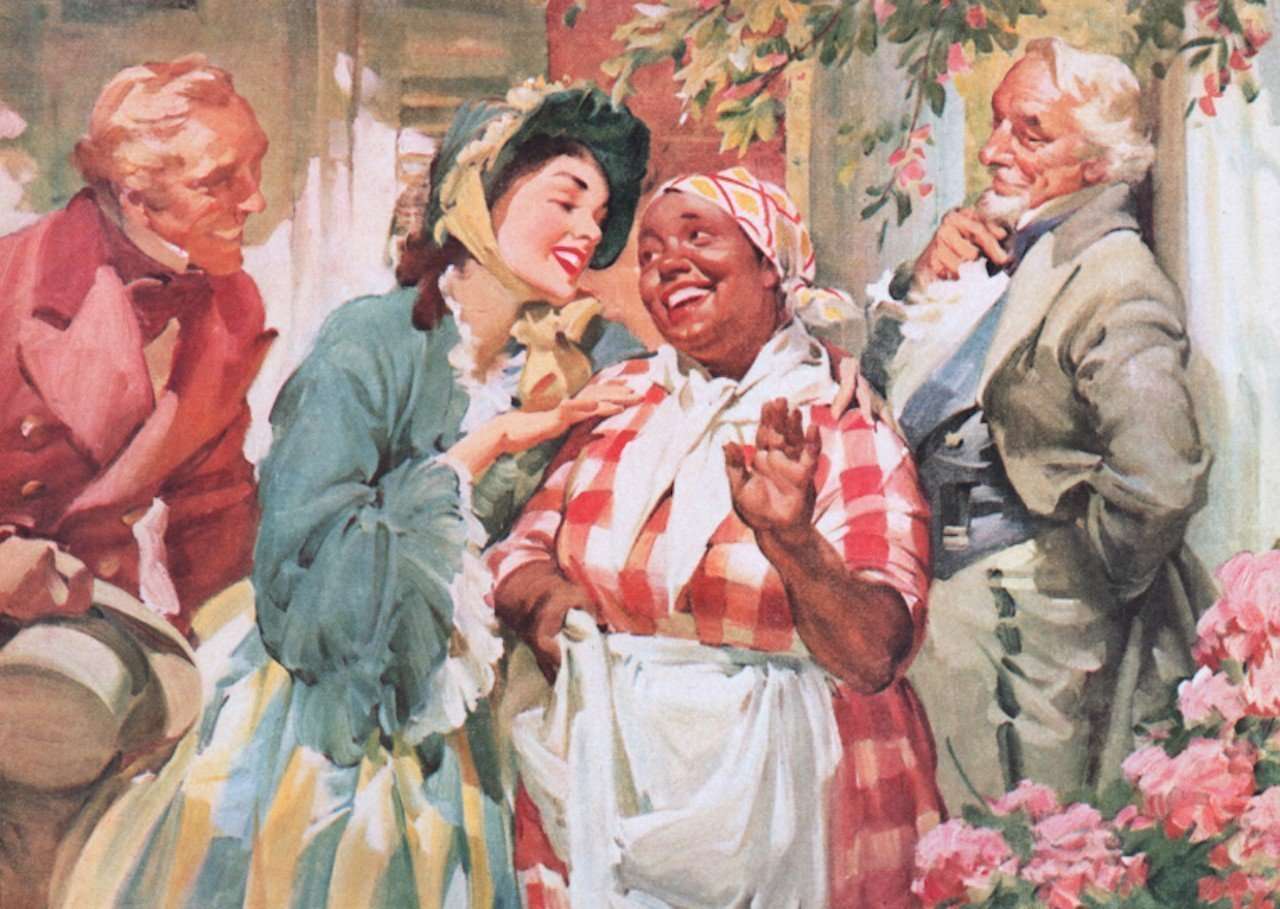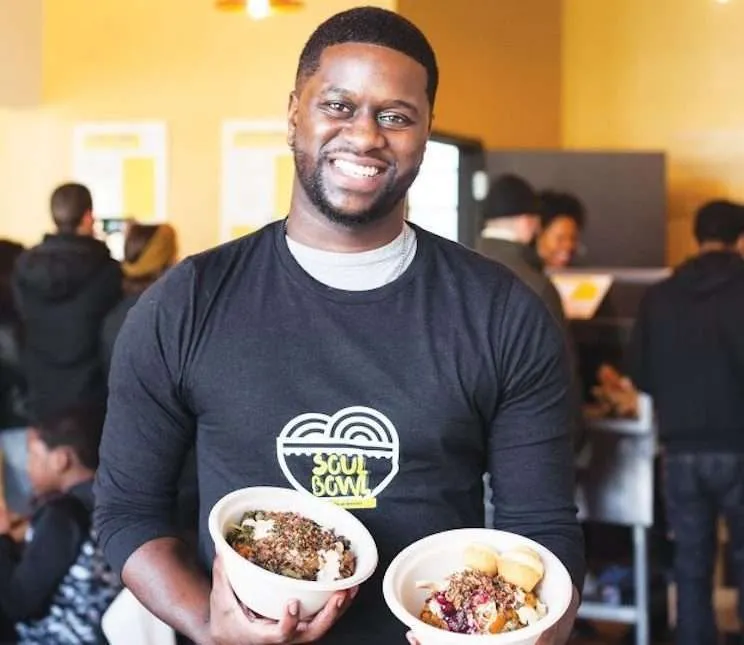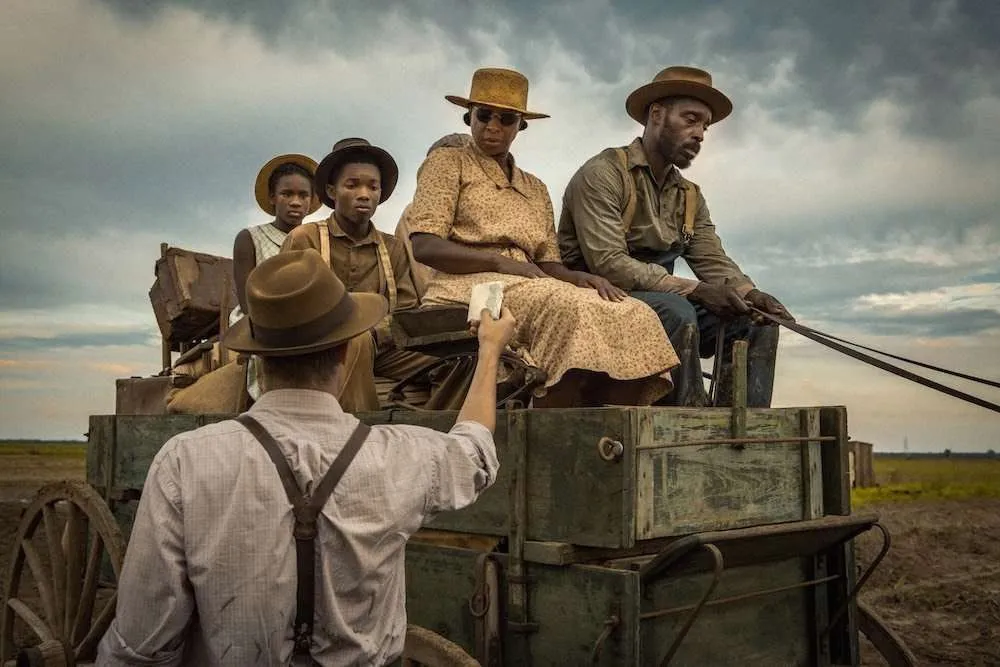Featured
The Life & Death of the Black Panther Party
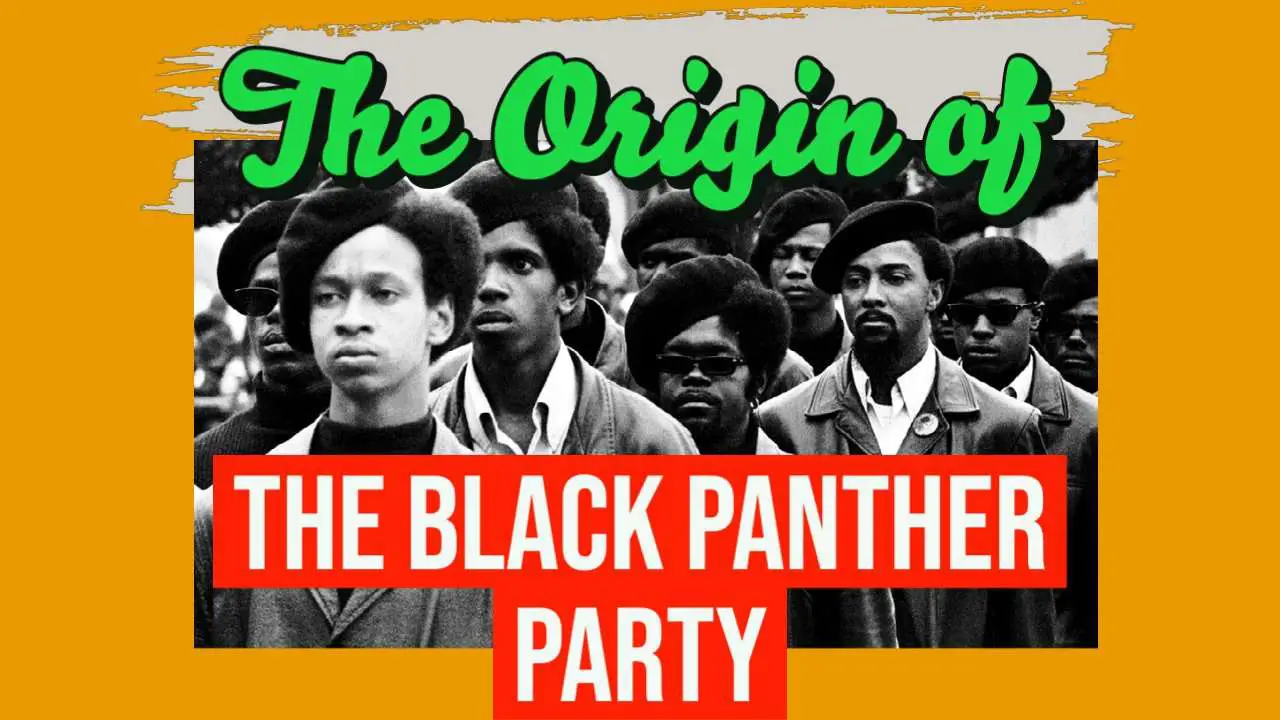
The Black Panther Party for Self-Defense (BPP) became a symbol for armed resistance in the black community in America back in the 1960s. But how did this party rise up, and ultimately, fall down?
WATCH the video version of this article below.
The Origin of the Panthers
The Black Panther Party for Self-Defense was founded in October 1966 in Oakland, California by Huey P Newton and Bobby Seale. The two first met in 1962 while they were college students at Merritt College.
They were active members of Donald Warden’s Afro-American Association where they widely discussed and followed the black nationalist movement inspired by the likes of Malcom X. Eventually, they became more attracted to revolutionary and anti-imperialist ideas and militant groups that had keen interest in community service, which later on became crucial in developing the Black Panther Party’s community survival programs.

The birth of the Black Panther Party in the West Coast follows a chain of events that started with the second great migration that began in the 1940s. During the second great migration, over five million African Americans moved from the south to the north east, midwest, and also the west. Tens of thousands landed in cities lie Oakland in the Bay Area to find work in the war industries such as Kaiser shipyards.
RELATED: The Forgotten Story of Igbo Landing
This great migration transformed cities in the West Coast. The new arrivals faced new forms of racism and segregation that they thought they escaped in the South. Unlike the rural south, urban areas in the north east, midwest, and the west put African Americans in close proximity with whites.
As the war efforts started winding down, jobs started fleeing to suburban areas right along with white flight. This left segregated urban areas poor and exposed to racial terrorism along with brutal policing tactics.
It’s these types of environments that fostered the idea of Blacks getting armed to protect themselves and their community. Huey Newton understood the anger of the ghetto and started to realize that it can be organized to combat not only racism but also poverty. Newton and Seale began studying gun laws in California and selling books to raise money for guns.
After meeting with Stokely Carmichael, a leader in the Student Nonviolent Coordinating Committee, they decided to adopt the Black Panther logo and form their own party, the Black Panther Party for Self-Defense. Their first recruit was 16 year old Bobby Hutton.
The Panthers Make a Splash
One of their first tasks was to go on police-watching patrols. This was done in an effort to record incidents of police brutality. Members often cited the open-carry gun laws of California for their rights to carry guns while on their police-watching patrols.
Although the Panthers was viewed as a violent militia group by many, the organization was focused on not only self-defense but also creating and advocating for economic opportunities for Black communities. The Party’s ten point program, released on May 15th of 1967, stated the demand for employment, freedom, decent housing, education, the freeing of black men in jails, and end to police brutality.
When the California state assembly committee on criminal procedure was scheduled to meet and discuss the Mulford Act, a bill that would make the public carrying of loaded firearms illegal, Black Panthers showed up at the California State Assembly armed. That protest at the statehouse brought so much publicity to a party that was not nationally known up until that point. The party went from a small organization in Oakland to an internationally recognized movement that attracted fans globally.
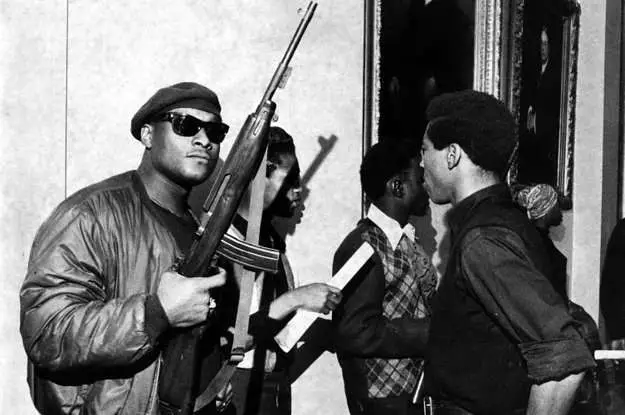
The fame and following also attracted the attention of law enforcement. In 1968, FBI Director J. Edgar Hoover described the Black Panthers as “the greatest threat to the internal security of the country.” By 1969, The Black Panther’s became FBI’s Counter Intelligence Program’s primary target. The Program was created with the intention of surveilling, infiltrating and breaking apart political organizations. It launched various actions to prevent the unification of different black nationalist groups and discredit their leaders.
One of the methods the counter intelligence Programs utilized was sending anonymous letters to organizations like the Blackstone Rangers in order to create conflict between them and the Black Panthers.
RELATED: The Story Behind the Black National Anthem
Free Huey!
On October 28th, 1967, Oakland police officer John Frey was shot and killed during a traffic stop involving Huey Newton. Huey and a backup officer were also injured and Newton got charged with murder.
Huey spent 3 years in jail and was released when his conviction got reversed on appeal.

By 1968, the black panthers party had expanded to many us cities including Atlanta, Baltimore, Chicago, Boston, Dallas, Detroit, New Orleans, New York, and Los Angeles.
At the 1968 Summer Olympics, Tommie Smith and John Carlos, two American medalists, gave the black power salute that the black panthers were popularizing during the American national anthem. The international olympic committee banned them from all future olympic games.
At the peak of their popularity, the black panther party attracted not just black nationalists but also leftist groups that allied themselves with the Maxist-Leninist doctrine.

They adopted a “serve the people” program that first involved a free breakfast program for children. While the children ate their breakfast, party members would educate them on black history, current issues in their communities, and what the party was doing to address them. This became the party’s most popular program, but other programs were also active like clothing distribution, free medical clinics, self-defense lessons, and classes on politics and economics.
Killing of Fred Hampton
It wasn’t too long after when cracks began appearing in the party. Some Panther party members started engaging in criminal activities like extortion and robberies. The Party also began to purge members due to fears about law enforcement infiltration. Several shootouts take place in 1969 between the panthers in various cities and the police. More shootouts follow with the US Organization, a black nationalist group in Los Angeles.

One of the biggest blows to the panthers happened on December 4th of 1969 when Panther leader Fred Hampton was killed in Chicago along with Panther guard Mark Clark. Chicago Police, working with the FBI, raided Hampton’s home and assassinated him in his sleep. Cook County State Attorney Edward Hanrah told the media later than the Panthers were first to shoot and refused to cease firing, but investigation showed that only one shot was fired by Mark Clark and that was as a result of reflexive death convulsion after he was struck in the chest by police. Police, however, fired at least 80 shots. Eight Chicago police officers were indicted by a federal ground jury over the raid but the charges were later dismissed.
Cracks in the Panthers
A major split in party took place when ideological differences could not be resolved in early 1970s. Party leaders like Huey Newton and David Hilliard wanted to focus on community service and self-defense while others like Eldridge Cleaver favored a more confrontational strategy. Cleaver was removed from the group and he went on to lead a splinter group, the Black Liberation Army. The split turned violent as the two groups carried out assassinations of each other’s members.
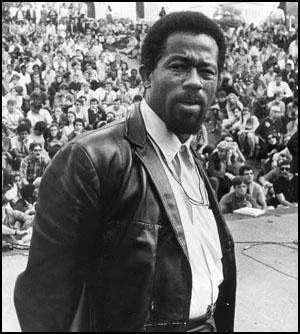
In 1972, under the leadership if Huey, the panthers started closing down dozens of chapters around the country and bringing operations back to Oakland. Their plan was to take over the city of Oakland politically, thus Bobby Seal run for mayor and other party members ran for city council and for minor offices. Although Seal was not successful, few panthers won seats on local government commissions.
In 1974, Huey Newton and eighth other panthers were arrested and charged with assault on police officers. Huey was also charged with the murder of Kathleen Smith, an 18 year old prostitute. He fled to Cuba to avoid prosecution and put Elaine Brown in charge, the first chairwoman of the party. Under Elaine Brown, the party became more politically engaged and brought several women into leadership roles.
In 1977, Huey retired from exile in Cuba. The party that he left behind looked different now, with women outnumbering men. This didn’t sit well with many of the male members. They complained about the excessive power of women in the organization. Seeing how women were beginning to get punished for their perceived power over the men, Elaine Brown resigned from the party and moved to Los Angeles. For the rest of the 70s, the panthers consistently lost members in droves. By 1980, they had only 27 members.
On August 22, 1989, Huey Newton was shot and killed in Oakland, California.
The Legacy of the Black Panther Party
The legacy of the Black Panther party is controversial, but it is no doubt that it was a major political and cultural force. Numerous former black Panthers moved on to hold elected offices in the US including city council positions and even becoming a congressman. In 1990, Chicago City Council passed a resolution declaring Fred Hampton Day.
In October 2006, the Black Panthers Party held a 40-year reunion in Oakland.


